The High Speed Data Converter Market is currently characterized by a dynamic competitive landscape, driven by rapid technological advancements and increasing demand for high-performance data processing across various sectors, including telecommunications, automotive, and consumer electronics. Key players such as Analog Devices (US), Texas Instruments (US), and NXP Semiconductors (NL) are strategically positioned to leverage their extensive portfolios and innovative capabilities. Analog Devices (US) focuses on enhancing its product offerings through continuous research and development, while Texas Instruments (US) emphasizes operational efficiency and cost leadership. NXP Semiconductors (NL) is actively pursuing partnerships to expand its market reach, particularly in the automotive sector, which is increasingly reliant on high-speed data conversion technologies. Collectively, these strategies contribute to a competitive environment that is both collaborative and fiercely competitive, as companies seek to differentiate themselves through innovation and strategic alliances.
In terms of business tactics, companies are increasingly localizing manufacturing to mitigate supply chain disruptions and optimize logistics. This approach not only enhances responsiveness to regional market demands but also reduces operational costs. The market structure appears moderately fragmented, with several key players holding substantial market shares, yet numerous smaller firms also contributing to innovation and competition. The collective influence of these players fosters a vibrant ecosystem where technological advancements are rapidly adopted and integrated into various applications.
In August 2025, Analog Devices (US) announced the launch of a new family of high-speed data converters designed specifically for 5G applications. This strategic move underscores the company's commitment to addressing the growing demand for high-performance solutions in the telecommunications sector. By aligning its product development with emerging technologies, Analog Devices (US) positions itself as a leader in the high-speed data converter market, potentially capturing significant market share as 5G deployment accelerates.
In September 2025, Texas Instruments (US) unveiled a new manufacturing facility in Texas aimed at increasing production capacity for high-speed data converters. This investment reflects the company's strategy to enhance supply chain reliability and meet the surging demand for advanced data conversion solutions. By bolstering its manufacturing capabilities, Texas Instruments (US) not only strengthens its competitive position but also ensures that it can respond swiftly to market fluctuations and customer needs.
In July 2025, NXP Semiconductors (NL) entered into a strategic partnership with a leading automotive manufacturer to develop integrated high-speed data converters for electric vehicles. This collaboration highlights NXP's focus on the automotive sector, where the demand for efficient data processing is rapidly increasing. By aligning with a key player in the automotive industry, NXP Semiconductors (NL) enhances its market presence and positions itself to capitalize on the growing trend of electrification in transportation.
As of October 2025, the competitive trends in the High Speed Data Converter Market are increasingly defined by digitalization, sustainability, and the integration of artificial intelligence. Companies are forming strategic alliances to enhance their technological capabilities and market reach, reflecting a shift towards collaborative innovation. The competitive landscape is evolving, with a noticeable transition from price-based competition to a focus on technological differentiation, innovation, and supply chain reliability. This evolution suggests that future competitive advantages will likely hinge on the ability to deliver cutting-edge solutions that meet the complex demands of a rapidly changing market.

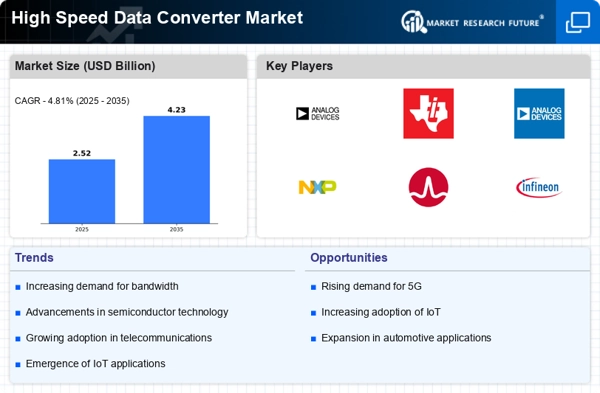
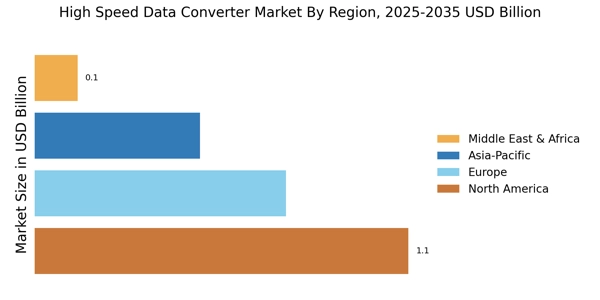
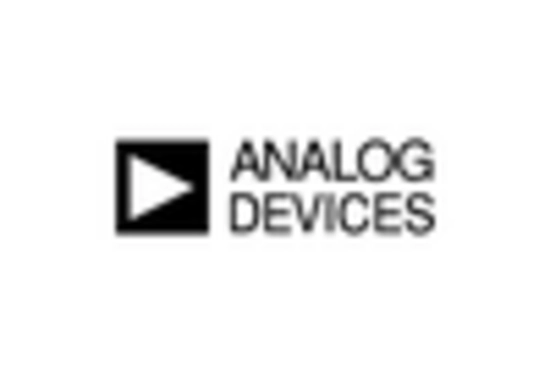
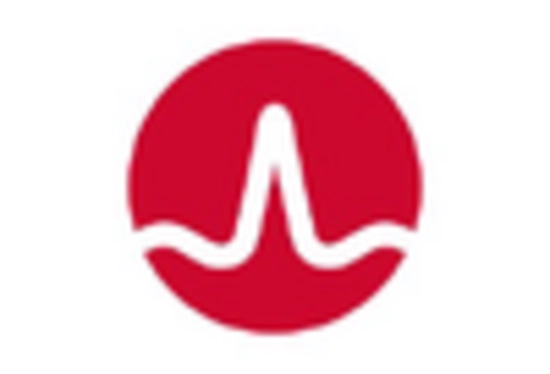

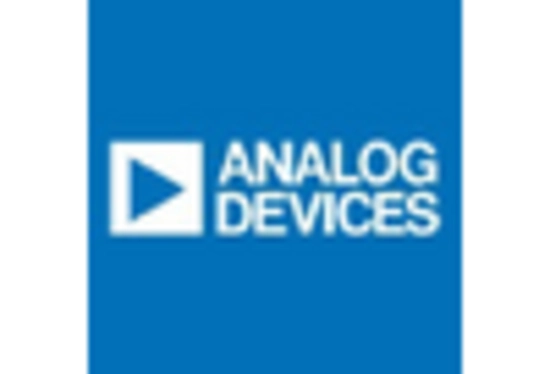









Leave a Comment